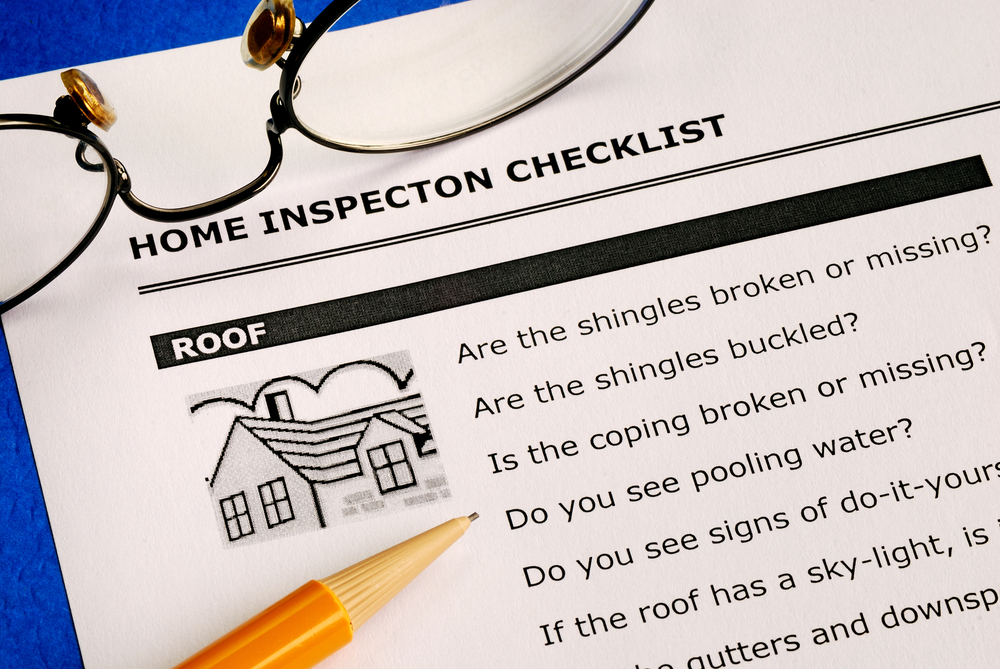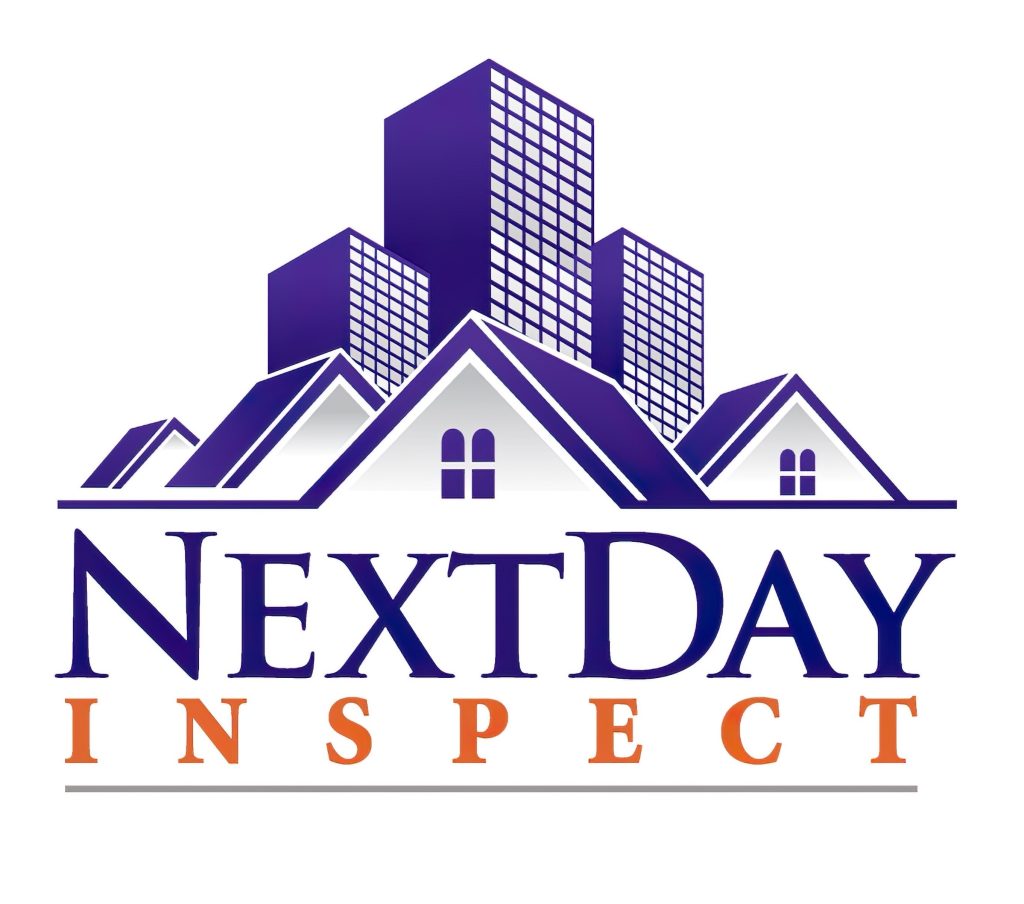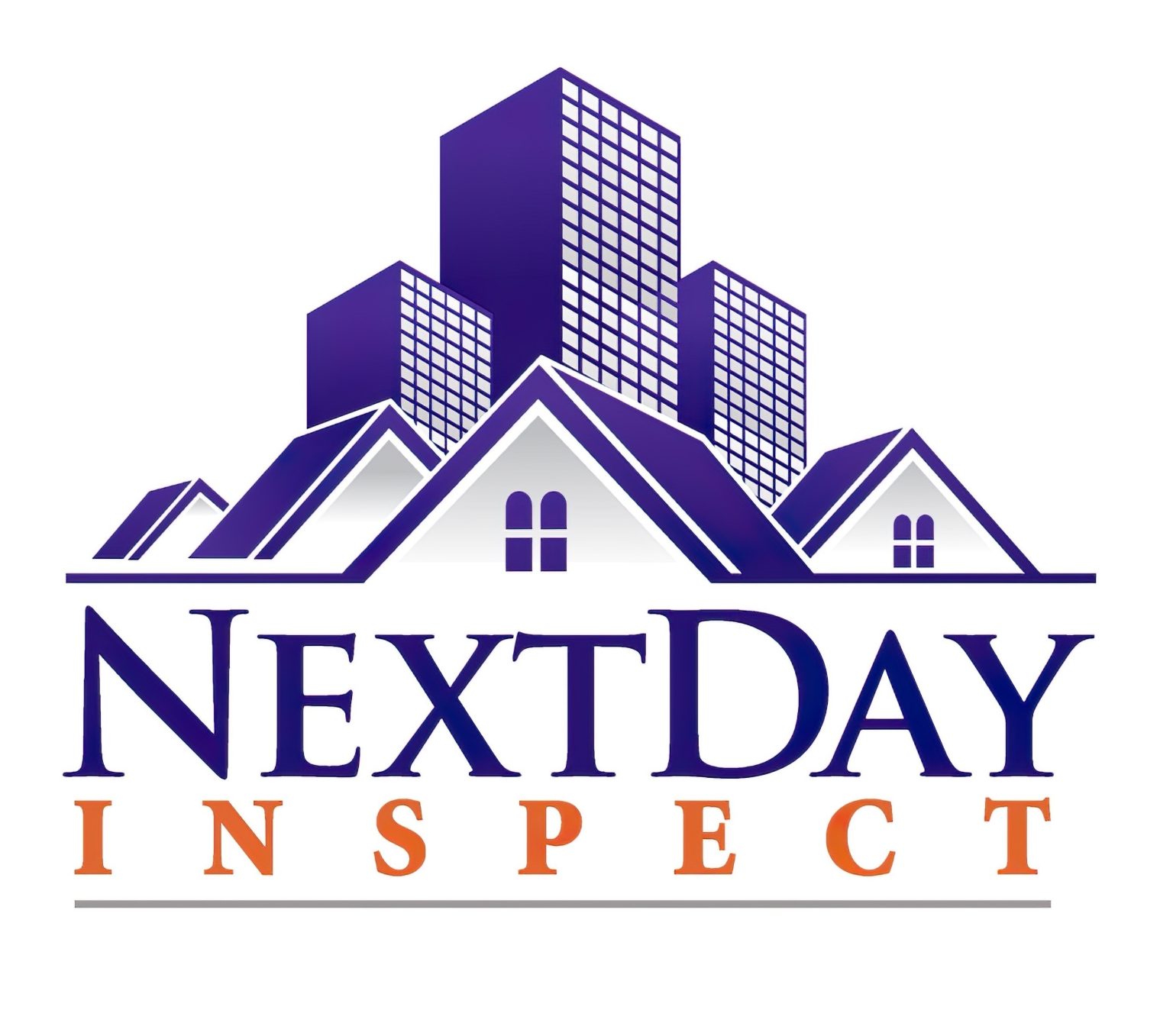Development of Standards
Before the mid-1970s, home inspection reports lacked standard guidelines, leading to inconsistent quality and limited trust in the industry. This changed with the founding of the American Society of Home Inspectors (ASHI) in 1976, which introduced Standards of Practice, followed later by the International Association of Certified Home Inspectors (InterNACHI). InterNACHI has since become a prominent organization, developing standards for both residential and commercial property inspections, as well as specialized inspections like mold and fire doors.
Consumers should ensure their inspector adheres to recognized Standards of Practice. Reports should describe major systems, their components, operability, and any defects with recommendations, while also disclaiming non-visible areas not inspected. Standards clarify both the scope and limitations of inspections, as inspectors are trained to recognize issues requiring specialists rather than providing exhaustive evaluations.

Checklist and Narrative Reports
Early home inspection reports were simplistic, often limited to brief checklists or one- to two-page narratives. Checklist reports included minimal detail with short descriptions, like “peeling paint,” leaving significant room for interpretation. These reports, typically only a few pages long, lacked the clarity needed for buyers, sellers, and other parties to fully understand issues, often leading to legal disputes.
Narrative reports, which provide detailed descriptions and comprehensive explanations of conditions, are now widely preferred and often required in many jurisdictions. They are considered safer from a liability standpoint by reducing misunderstandings about inspection findings. For instance, an inadequate six-page report in 2002 resulted in costly repairs for an investor who purchased a property with improperly installed flashing. Modern narrative reports are far more thorough, exemplifying the evolution toward greater accuracy and clarity in the inspection process.

Development of Reporting Software
In the past, inspection reports were handwritten, but affordable, user-friendly computers led to the development of inspection software. Today, inspectors use software with editable boilerplate narratives tailored to local conditions, enabling detailed reports to be produced quickly.
For instance, a checklist report might simply note “some lights inoperable,” while software-generated narratives provide more detail, such as potential causes and recommendations for qualified electricians if the problem persists. Standard disclaimers can also be pre-checked to ensure consistent, comprehensive reporting.

Narrative Content
Narratives typically consists of three parts:
- A description of a condition of concern;
- A sentence or paragraph describing how serious the condition is, and the potential ramifications, answering questions such as, “Is it now stable, or will the problem continue?” or “Will it burn down the house?” and “When?”; and
- A recommendation. Recommendations may be for specific actions to be taken, or for further evaluation, but they should address problems in such a way that the reader of the report will understand how to proceed.
“Typically” is a key word here. Some narratives may simply give the ampacity of the main electrical disconnect. There is no need for more than one sentence. Different inspectors would include what they think is necessary.

Report Content
Inspection reports typically start with general information about the home, such as the client’s name, square footage, and year built. Additional sections often include disclaimers, the inspection agreement, Standards of Practice, and the inspector’s credentials or affiliations. Many inspectors also include helpful resources, such as InterNACHI’s Now That You’ve Had a Home Inspection book, and a table of contents for easy navigation. Photographs may be included either alongside their corresponding narratives or grouped together at the beginning or end of the report.
To ensure important issues are not overlooked, a summary section listing major safety concerns or costly repairs is often included. Reports may be further organized by home systems (e.g., ELECTRICAL, PLUMBING) or home areas (e.g., EXTERIOR, KITCHEN) based on the inspector’s style. Some inspectors use color-coding to emphasize key points, though others avoid this due to liability concerns. This structure provides a clear and thorough overview for clients.

Sample Reports
Many inspectors have websites which include sample inspection reports for prospective clients to view. Take the time to look at them. Also often included is a page explaining the scope of the inspection. The inspection contract is usually included on the website, and it should give you a good idea of what will be included in the report.
In conclusion, for consumers to have realistic expectations about what information will be included in the home inspection report, follow these tips:
- Read the Standards of Practice;
- Read the Contract;
- View a sample Inspection Report
- Talk with the inspector.
Click here to view our Sample Reports

